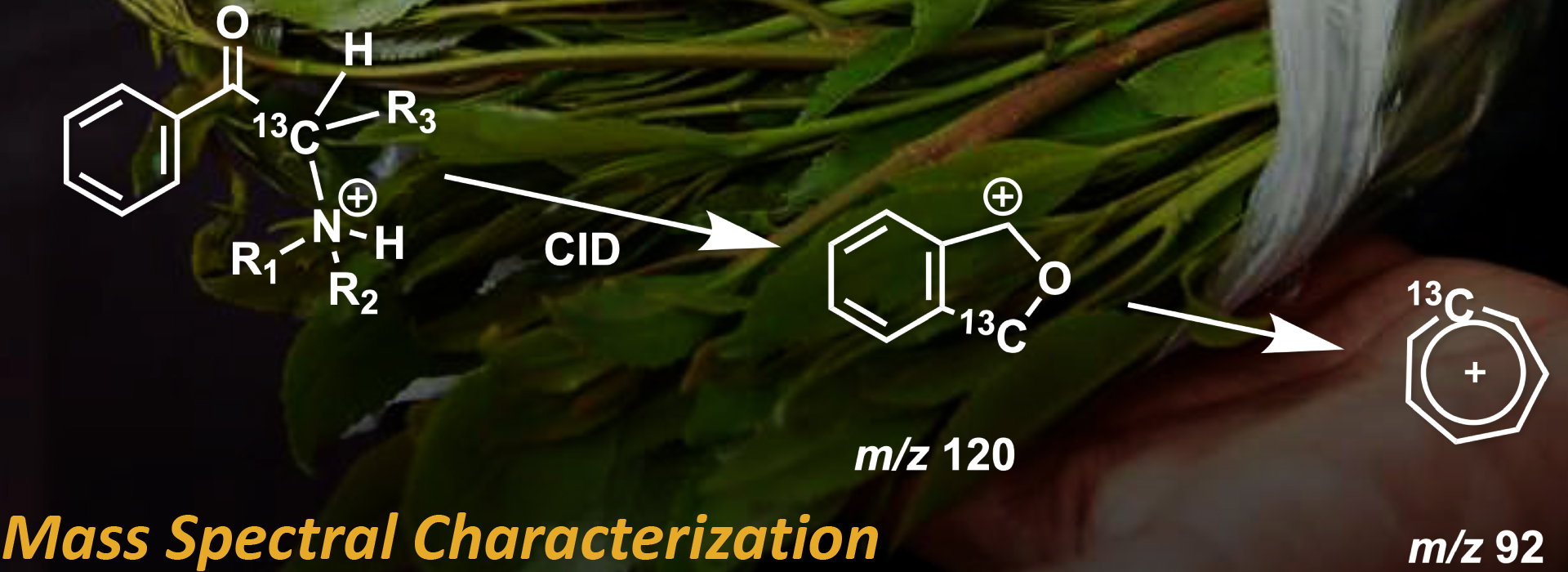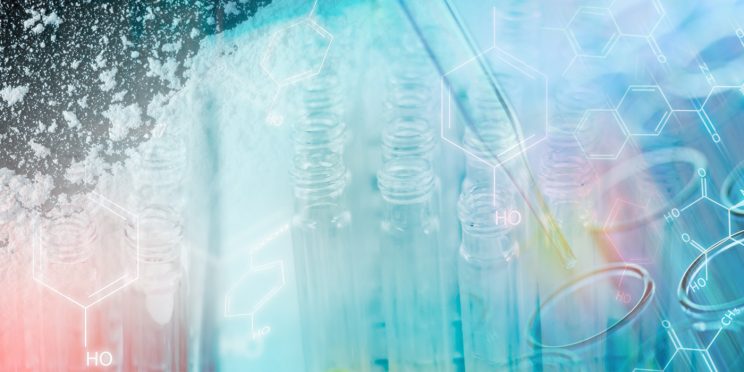This webinar originally occurred on March 5, 2021
Duration: 1 hour
Overview
The main focus of this webinar is on the use of isotope labeling, multi-stage mass spectrometry (MSn), ion spectroscopy, and accurate mass measurements with high resolution mass spectrometry to demonstrate some important—but previously unidentified—rearrangement mechanisms in the spectra of cathinones and fentanyl analogs. Although many of these techniques are not available to practitioners, the results provide compelling evidence to support the fragmentation mechanisms and pathways observed every day by practitioners.
We demonstrate two important intermediates in the fragmentation spectra of cathinones like alpha-PVP, both of which are based on a phthalane core. These intermediates are important in understanding the mass spectra of a wide variety of cathinones. We also demonstrate common pathways for the fragmentation of fentanyl analogs and evidence for at least three different structures for the major fragmentation product at m/z 188 in the tandem mass spectra or protonated fentanyl analogs.
Finally, we present a novel algorithm for the comparison of mass spectra, which takes advantage of the fact that the variance in ion abundances of replicate spectra are not independently variable, as has long been assumed. The algorithm uses a general linear regression model (GLM) to predict the ion abundances of each of the 15 most abundant ions in a mass spectrum of a questioned sample. A binary classifier then uses the correctness of the predicted ion abundances to decide whether or not to identity the questioned sample as a particular drug. Using external validation spectra of hundreds of replicate spectra, the algorithm predicts abundances with a precision that is typically five times better than models that assume a fixed exemplar.
Detailed Learning Objectives
- Major fragmentation pathways of protonated cathinones
- Major fragmentation pathways of protonated fentanyl analogs
- Mathematical comparison of fragment ion abundances for drug identifications
Presenter
- Glen P. Jackson, Ph.D., FRSC, FAAFS
Funding for this Forensic Technology Center of Excellence webinar has been provided by the National Institute of Justice, Office of Justice Programs, U.S. Department of Justice.
The opinions, findings, and conclusions or recommendations expressed in this webinar are those of the presenter(s) and do not necessarily reflect those of the U.S. Department of Justice.
Contact us at ForensicCOE@rti.org with any questions and subscribe to our newsletter for notifications.




